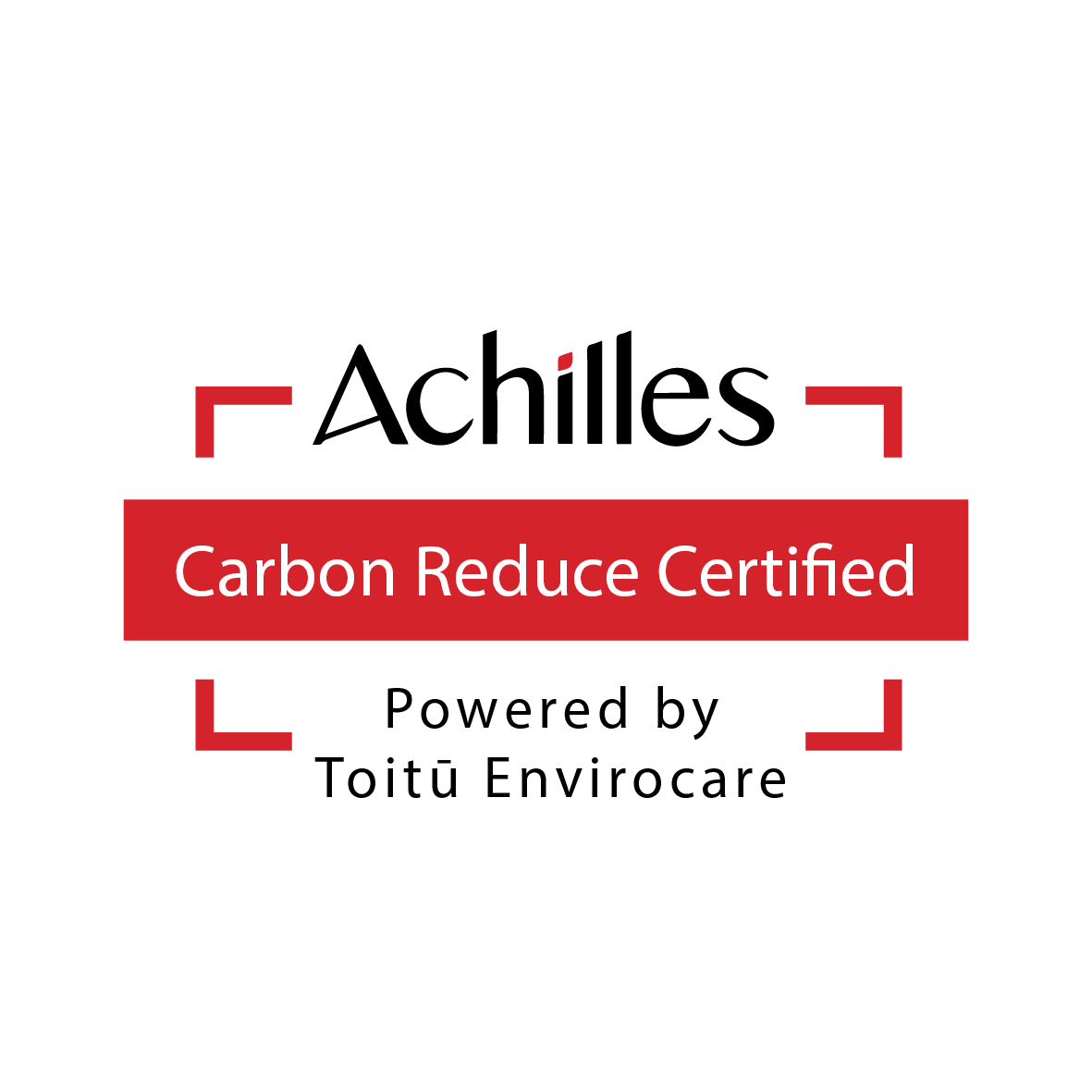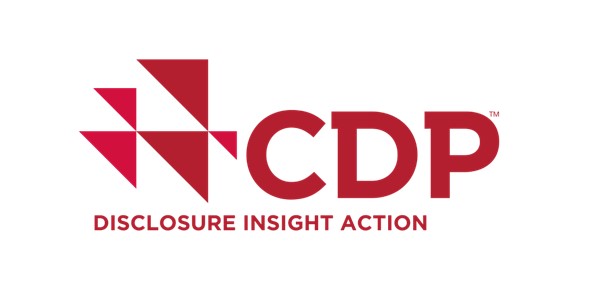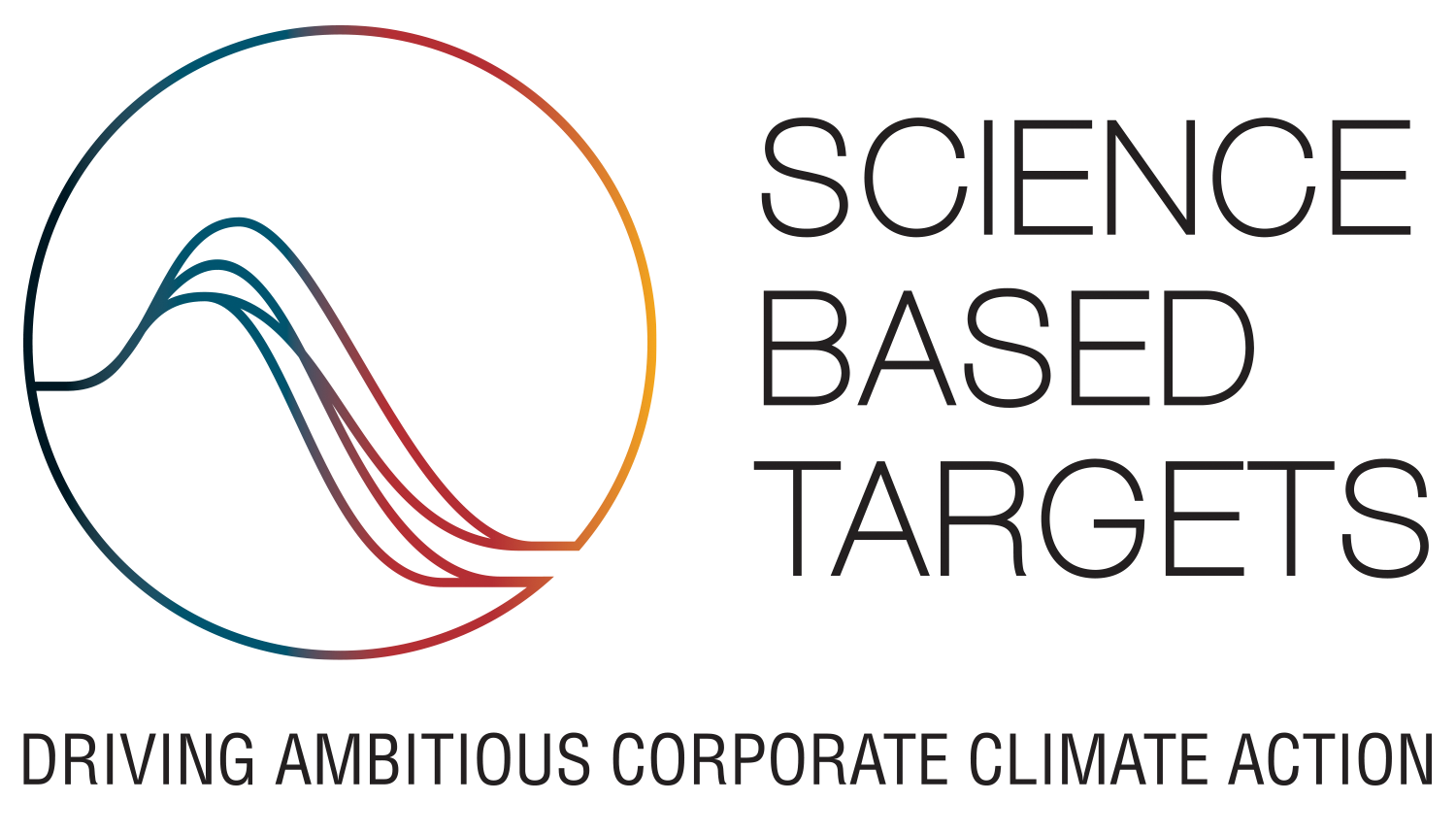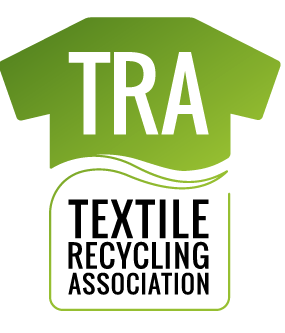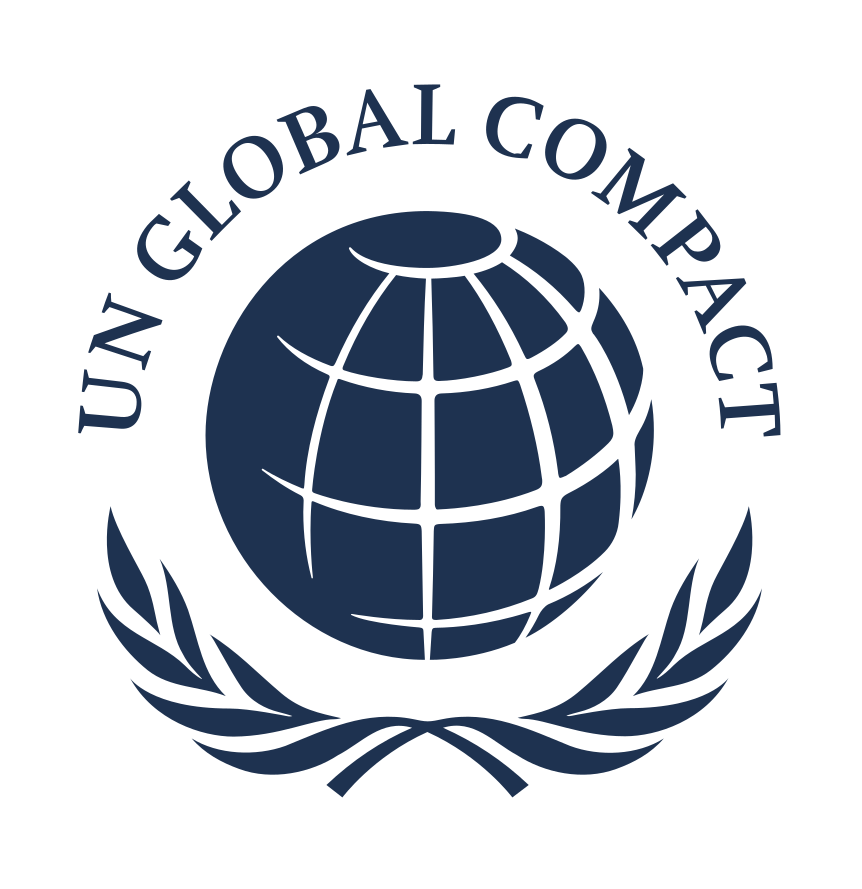Updated guidance on non-WEEE cable waste
Following the EA publishing a Regulatory Position Statement (RPS) 276 (published 25th July 2023), we would like to update you on what this means for the treatment of non-WEEE cable waste.
Recent research suggests that at least 25% of non-WEEE cable waste arriving from sites (predominately through construction and demolition work) is made up of at least one hazardous property. This has led to the publishing of The RPS 276 and the inclusion of cable to a hazardous classification. Hazardous waste cannot be mixed into non-hazardous waste streams, so greater segregation will need to take place on sites where cable may be discarded.
The EA confirms that the RPS 276 only relates to the classification of cable itself and does not refer to Persistent Organic Pollutants (POPs). For more guidance on POPs, please visit here. Any loads collected, weighing less than 25kg , can be collected on a consignment note in line with reduced reporting requirements, for the first transfer from the producer to a permitted site (consignee). Anything above 25kg will be consigned in the usual way.
A producer can only claim the waste non-WEEE cable is non-hazardous through a WM3 assessment. This means that if a WM3 arrives back with a non-hazardous classification, it can be transferred using a standard waste transfer note.
We predict the classification will have a major impact on the companies Reconomy works with on construction and demolition projects, where cable waste is found in and amongst mixed waste on site. Where sites would previously include this in mixed waste containers, separate storage will be required for the handling of the potentially hazardous mixed cable waste.
The RPS is set to run until the end of 2023 and is now live. If you think your site will be impacted by this change of legislation, please reach out to Reconomy for help and advice today.


